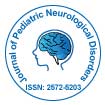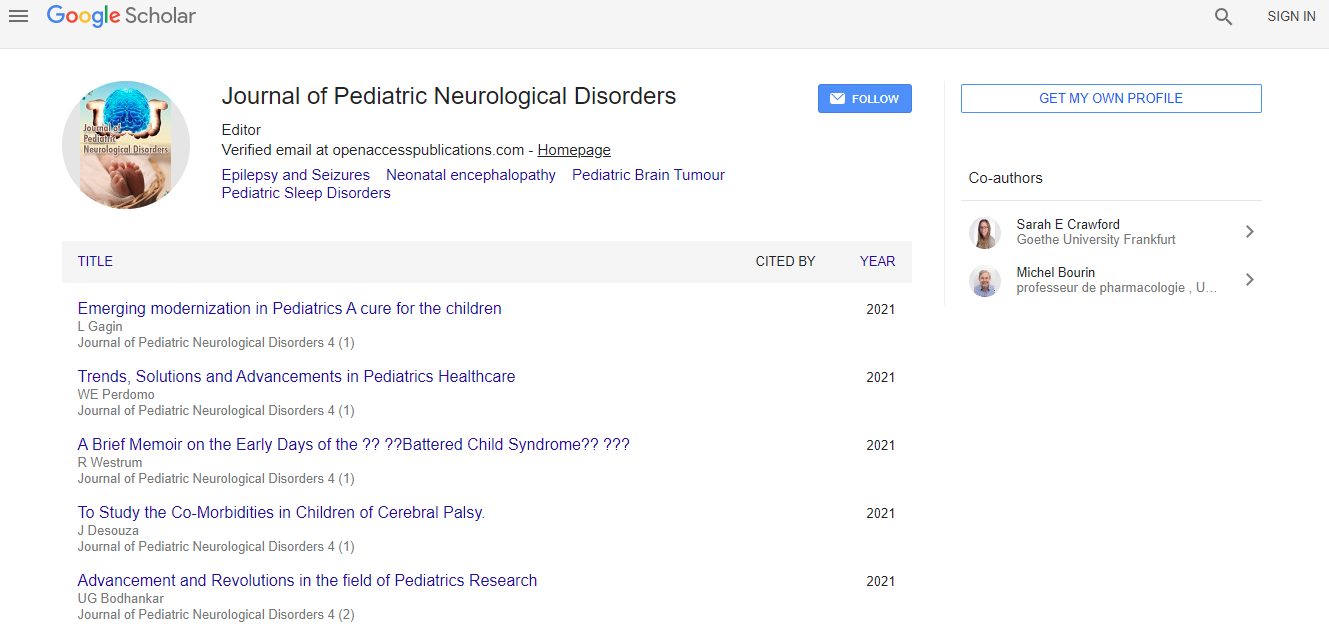Mini Review
Novel Concepts for Neurology and Medicine from the Interaction between Signalling Pathways Mediated by Ca2+ and cAMP: An Intriguing History
Leandro BB* and Afonso C
Department of Pharmacology, Escola Paulista de Medicina, Universidade Federal de São Paulo, Brazil
- *Corresponding Author:
- Leandro BB
Department of Pharmacology
Escola Paulista de Medicina
Universidade Federal de São Paulo, Brazil
Tel: 55 11 5576-4973
Email: leanbio39@yahoo.com.br
Received Date: April 12, 2017; Accepted Date: April 24, 2017; Published Date: May 04, 2017
Citation: Leandro BB and Afonso C (2017) Novel Concepts for Neurology and Medicine from the Interaction between Signalling Pathways Mediated by Ca2+ and cAMP: An Intriguing History. J Pediatr Neurol Disord 3: 112. doi:10.4172/2572-5203.1000112
Copyright: © 2017 Leandro BB, et al. This is an open-access article distributed under the terms of the Creative Commons Attribution License, which permits unrestricted use, distribution, and reproduction in any medium, provided the original author and source are credited.
Abstract
It is now well-established that the signalling pathways mediated by Ca2+ and cAMP can interact (Ca2+/cAMP signalling interaction), thus playing a vital role in cellular processes of mammalians. In the neurology and medicine, it has opened novel opportunities for the development of pharmaceuticals more efficient, and safer, for treating neurodegenerative diseases. The solution for the so-called “calcium paradox” has been revealed 4 years ago, when we demonstrated the involvement of the Ca2+/cAMP signalling interaction in this enigma. The “calcium paradox” emerged 4 decades ago, when numerous clinical studies have concluded that prescription of L-type Ca2+ channel blockers (CCBs) for hypertensive patients decreased arterial pressure, but produced stimulation of sympathetic hyperactivity. Indeed, initially these adverse effects of CCBs have been attributed to adjust reflex of arterial pressure, but this conclusion remained not completely satisfactory. The year of 2013 would change this history forever! Through an original experiment, we revealed that the "calcium paradox" phenomenon came from increased transmitter release from sympathetic neurons stimulated by CCBs due to its handling on the Ca2+/cAMP signalling interaction. Then, the manipulation of Ca2+/cAMP signalling interaction could improve therapeutic strategies for stimulating synaptic transmission compromised by transmitter release deficit, and attenuating death of neurons.

 Spanish
Spanish  Chinese
Chinese  Russian
Russian  German
German  French
French  Japanese
Japanese  Portuguese
Portuguese  Hindi
Hindi 